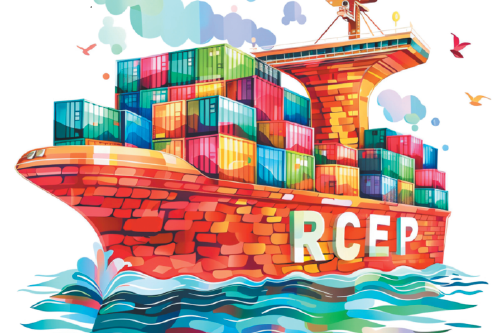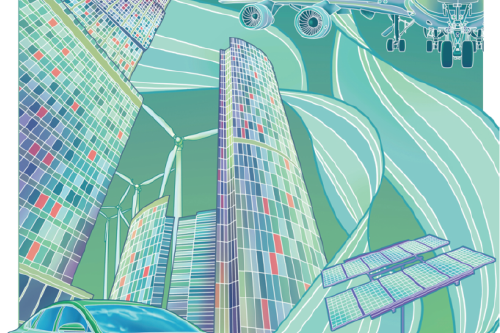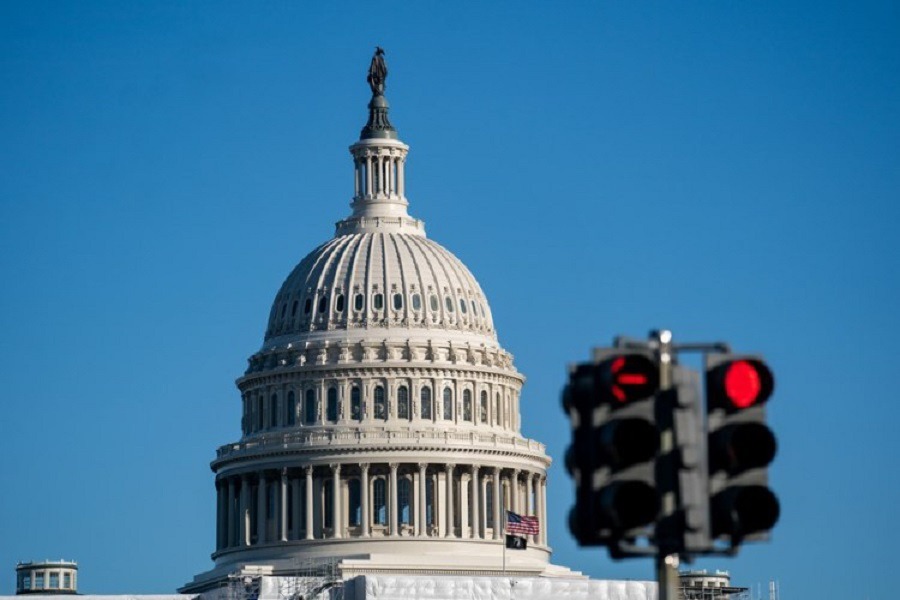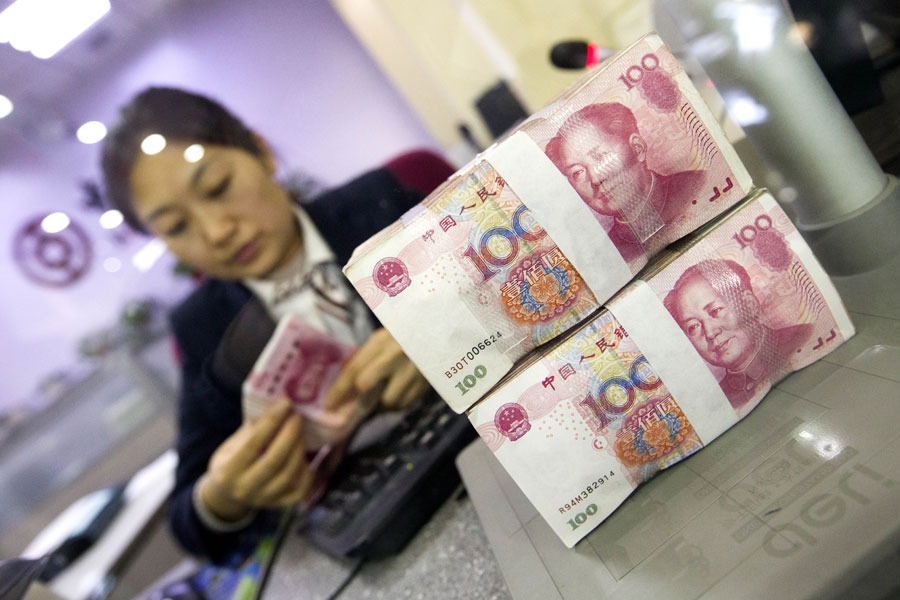Raising their game
Chinese EV companies need to adapt to a more challenging environment


There have been notable advancements in the global industry landscape in recent years. With the increasing international awareness of environmental protection and the vigorous promotion of policies in various countries, the new energy vehicle industry has developed rapidly and become an essential component of the automotive industry. As the world's largest producer and consumer in this sector, China's new energy vehicle products not only meet domestic market demand but are also exported to overseas markets, such as the European Union and North America. And the EU is the largest export target market for China's new energy vehicles.
The transition from fuel to electric vehicles has significantly changed the international automotive competition arena, and Chinese automakers have started challenging established market players, mainly from Europe. Furthermore, China has formed a complete power battery industry in raw material processing, refining, production, and recycling, which has given it a leading position within the global supply chain.
The United States and the EU have implemented several measures to enhance their industrial capabilities and maintain competitiveness. These include bolstering policy incentives to support the electric vehicle sector, revising national regulations related to automotive manufacturing, providing fiscal subsidies, and investing in infrastructure development. Efforts have also been made to diversify supply chains, reduce the dependency on specific regions for essential minerals, and gradually reduce reliance on China in the global supply chain of electric vehicles and power batteries.
Additionally, initiatives have been aimed at regulating market access and forming alliances that may impact trade relations. These measures involve the implementation of trade barriers, addressing issues such as anti-dumping, anti-subsidy, anti-monopoly practices, intellectual property rights protection, and supply chain assessments to ensure a level playing field. Technological advancements in hydrogen vehicles and next-generation battery technologies have been central to research and development efforts. Restrictions on the export of specific components and data governance strategies have also been employed to safeguard the competitiveness of electric vehicle brands on a global scale.
With the increasing share of Chinese new energy vehicles in the EU market, some traditional car manufacturers in EU countries are feeling tremendous competitive pressure. The EU and its member states aim to maintain their technological competitive advantage over China in the short term by implementing intellectual property barriers, and Chinese electric vehicle manufacturers will face the risk of being sued by "patent trolls." The EU has recently launched a countervailing investigation into China's new energy vehicles. The temporary measure of imposing countervailing duties has been implemented.
The EU's increased tariffs on Chinese new energy vehicles are a significant challenge to the China-EU automobile trade. Chinese companies must actively respond and mitigate the impact of tariff increases through technological advancements and market diversification strategies to maintain competitiveness in the global market and effectively respond to the EU's anti-subsidy measures. By improving their product quality and technological level and enhancing their market competitiveness, Chinese new energy vehicle enterprises can occupy a more advantageous position in the international market and continue contributing to the development of the global new energy vehicle industry.
China has a window of opportunity to deal with the EU's anti-subsidy tax. First, it should actively challenge the decision of the EU through legal channels and file a protest with the EU to demand a reduction in the tariff rates or the cancellation of the tariff increases. Second, it should accumulate core technologies and enhance its product premium by increasing research and development investment, improving the product technology level and quality, and enhancing market competitiveness. In this way, the cost increase caused by tariff hikes can be offset. Third, the industry layout should be diversified in major global markets, reducing dependence on the EU market and actively exploring other international markets, such as Southeast Asia, so as to defuse market risks. Fourth, it should upgrade its overseas strategy by initiating localized development. Chinese enterprises should establish production bases and research and development centers in overseas markets to achieve localized production and sales, reduce transportation and tariff costs, and enhance market response speed. Through the above strategies, Chinese new energy vehicle companies will be able to maintain competitiveness in the global market and effectively respond to the anti-subsidy measures of the EU and the US.
In this regard, China needs to start with green supply chain improvement to deal with the dual challenges of policy and technology. China should advocate a fair and just multilateral trade environment for electric vehicles through multilateral trade and investment. China, Europe, and the US can strengthen industry chain cooperation through third-party cooperation with Southeast Asian markets, actively setting up electric vehicle industry chains in developing countries and regions to serve emerging electric vehicle markets such as Indonesia and Vietnam.


Yu Hongyuan is professor and director of the Institute for Public Policy and Innovation at Shanghai Institutes for International Studies. He Jing is a climate and energy campaigner of Greenpeace. The authors contributed this article to China Watch, a think tank powered by China Daily.
Contact the editor at editor@chinawatch.cn.


































